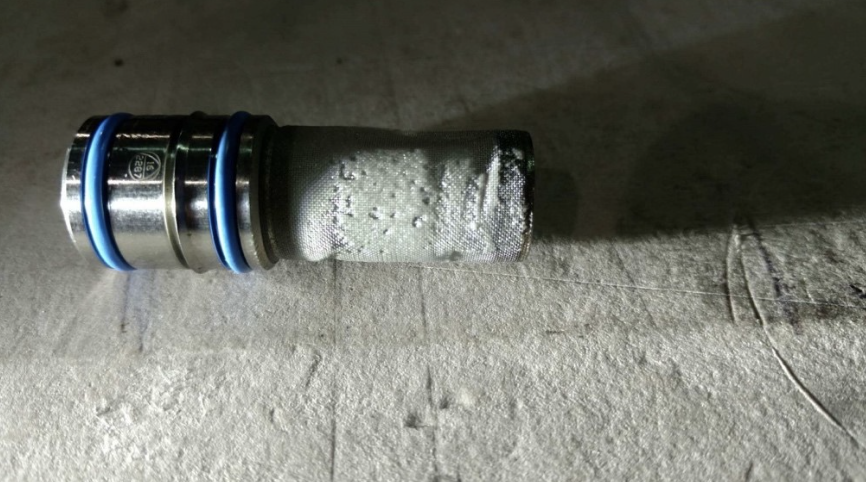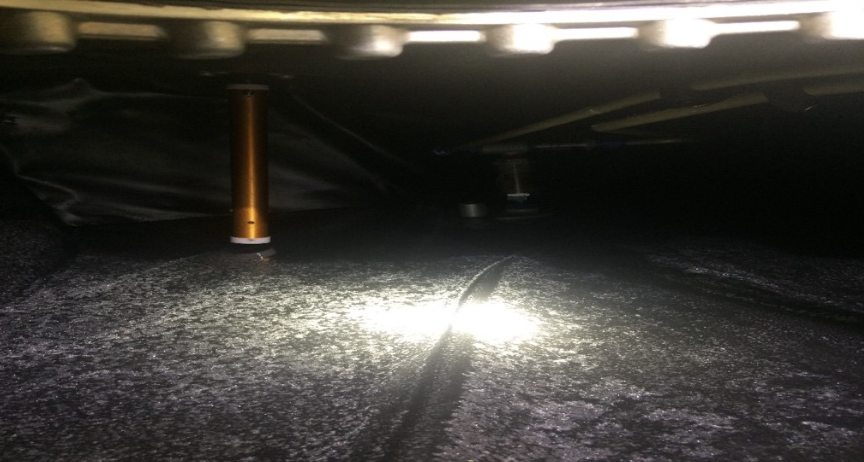NATA Safety 1st Alert: Critical Issue – DEF Contamination Event
Last
month, another incident of Diesel Exhaust Fluid (DEF) contaminating jet
fuel occurred at an FBO in the Southwest United States reminding us of
the importance of diligence and training in mitigating this very real
threat. In this latest report, the affected aircraft lost both engines
before making a dead-stick landing approximately 280 miles away. Even
though no injuries were reported, the risks for more catastrophic
results remain high. Since 2017, the 5 reported incidents of DEF
contamination of jet fuel have resulted in multiple in-flight engine
failures and significant damage to aircraft fuel systems and engines.
Miraculously, none of these cases have resulted in an aircraft
crash…YET. Remember, DEF
contamination is preventable.
There are steps you can take to eliminate risks. NATA and its
Safety Committee created a free DEF Contamination Prevention training
course following the first contamination incident in late 2017. FBOS
AND AIRCRAFT OPERATORS MUST BE DILIGENT IN ENSURING THAT STAFF ARE NOT
ONLY PROPERLY TRAINED, BUT THAT THEY ARE ALSO FOLLOWING COMPANY POLICIES
AND PROCEDURES USED TO PREVENT FSII CONTAMINATION WITH DEF.
The following Q & A highlights key information for all FBOs and fuel providers:
-
What should I do if I believe that jet fuel has been contaminated with DEF?
Discard any jet fuel that has been removed from an affected aircraft because it is suspected of being contaminated with DEF and immediately quarantine the mobile refueler used to refuel the aircraft. The contaminated fuel should not be used on aircraft or other vehicles. NATA recommends that all FBOs and other aviation fuel providers work with their fuel distributor to develop a response protocol to aviation fuel contamination incidents. Such a protocol should include the training needs for FBO staff. -
What is Diesel Exhaust Fluid (DEF) and what is it used for?
DEF is a urea and water-based fluid required by federal regulations to be used in the emission reduction systems of modern diesel engine vehicles. DEF is NOT a fuel additive, aviation or otherwise. It is a clear liquid, stored in a specialized tank on the chassis of diesel engine vehicles, that is then injected into the engine exhaust to promote reduction of noxious emissions.
-
How does DEF get into jet fuel?
Details of the latest incident are still pending, but the identified risk for previous incidents involved FBO personnel mistaking DEF for Fuel System Icing Inhibitor (FSII) and adding DEF to the FSII storage tanks on mobile refuelers. DEF and FSII are both clear, colorless liquids and if DEF is mistakenly added to a FSII storage tank, contamination is impossible to detect without a DEF in FSII Test Kit. -
What happens when DEF contaminated jet fuel is delivered to aircraft?
The urea in DEF reacts with jet fuel to form crystalline deposits. These deposits then flow through the aircraft fuel system and accumulate on fuel filters and other fuel system components which can and has led to inflight engine shutdowns (see figures 1 and 2).


Yes. DEF in FSII Test Kits are available from Gammon Technical Products
For more information or assistance, please contact NATA at safety1st@nata.aero
Add our Ramp Blog to your browser Favourites bar
and stay up-to-date with industry news, trends, analysis & intel.
If you have news at your FBO, let us know,
email The Ramp Blog Editor Blog@GlobalFBOconsult.me
